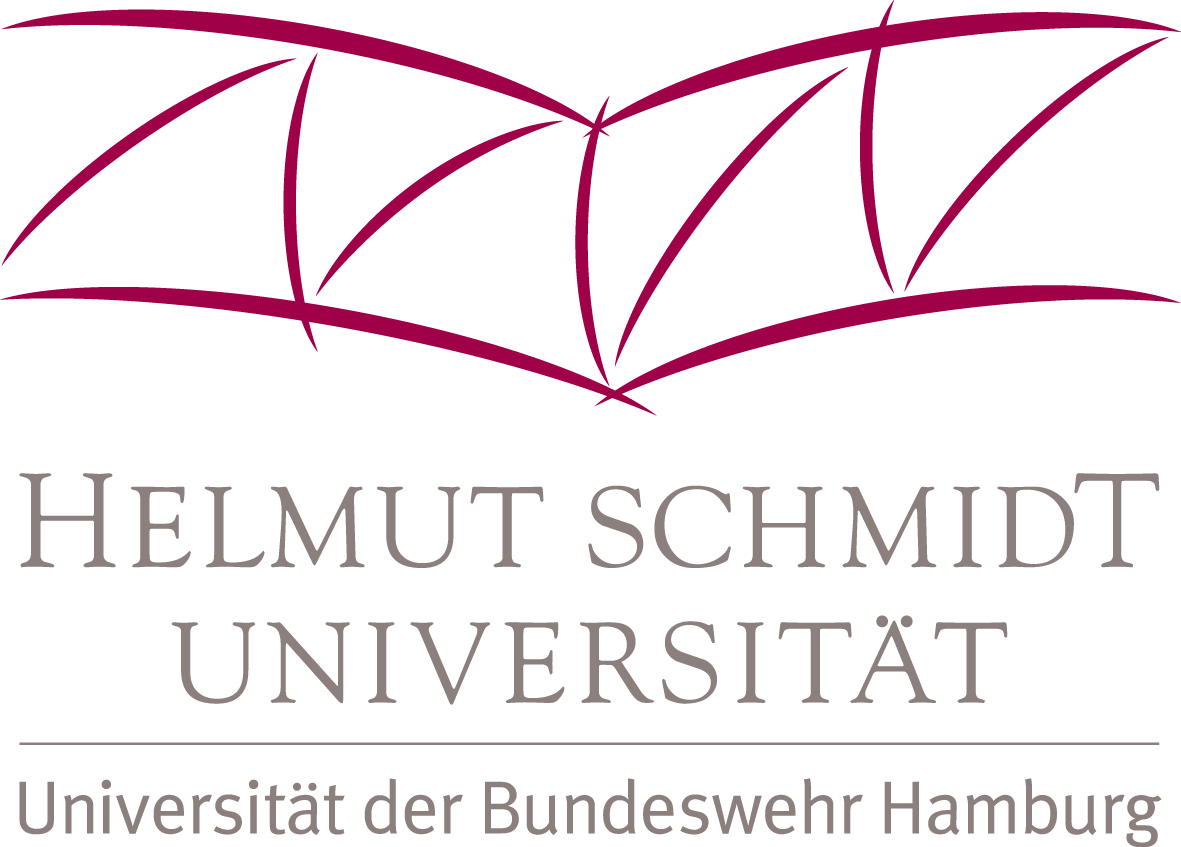Lords of the Air - The question of mutual respect between enemies
Vertiefungswissen anzeigenVertiefungswissen verbergen
The beginning of World War I now dates back 100 years. Military aviation brought a new dimension to the battlefield and had a noticeable effect on warfare. It also created a new kind soldier. Pilots had to learn to use and fight with modern technology. However in the public they were perceived according to older military concepts and traditions as honorable and noble knights of the skies. These images and myths of pilots had little to do with their war experiences. The following project is going to deal with a ritual that even though it did not happen very often, shows how pilots interpreted and dealt with the daily experience of death.
Usually the First World War is not associated with values such as "Honor, Lords and Chivalry". A look at the high number of killed soldiers and the industrial nature of the First World War, battles with countless casualties and seemingly senseless slaughtering in the trenches contradicts with these values and traditions. Pictures of that time show how miserable the condition in the trenches was. Soldiers covered in mud. Their faces are torn by the things they have seen and scarred from the battles they fought.
What role then did stories and narrations of camaraderie and mutual respect amongst enemies play? The most renowned incident perhaps was the ceasefire between British and German troops at Christmas in 1914. This however is not the only example. British soldiers told stories about them having a drink with their captors. Pilots that were wounded received medical treatment by the enemy medics. If killed, it was not uncommon that enemy soldiers were buried where ever it was possible. Fighter pilots were often shot down behind enemy lines which meant that their bodies fell in to the hands of the opposing Army. These, especially the `famous´fighters were then treated with the highest respect.
The letter you find below is an example of the kind of recognition the Pilots had for each other and was the spark that ignited our interest in this topic.
The Questions to be answered about this subject are:
1) How was Max Immelmann perceived in public and what function did these images and myths have?
2) How and why did Allies show their respect to Immelmann after his death?
3) What kind of values and ideas were expressed on occasion of Immelmann’s funeral?
The letter you see above was letter was Dropped behind the German lines in honor of
Lt. Immelmann
by the British Flying Corps. Why did the British pilot Allister H. Hiller risk his life to show the respect of the British Flying Corps? This was not the only case of mutual respect. After the death of
Manfred von Richthofen
,also known as The Red Baron, the Australian Armed Forces also demonstrated their respect.
Kapitel:
Erstellt von Henrik Feldmann und Richard Paul Unger.

